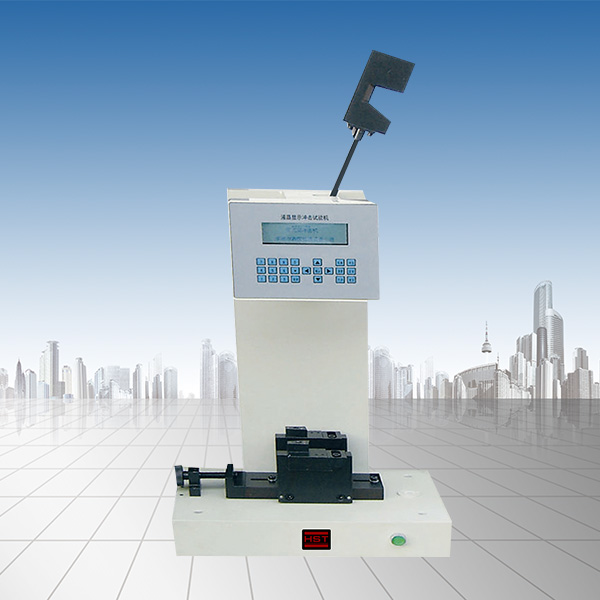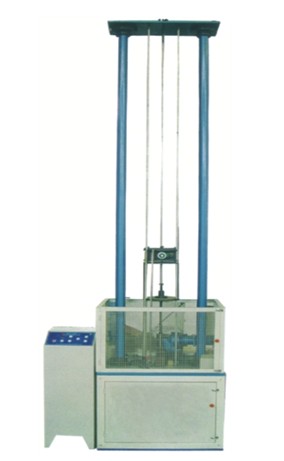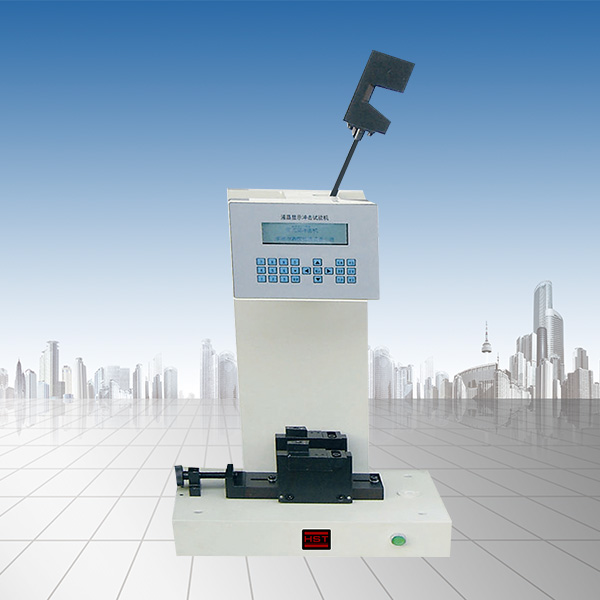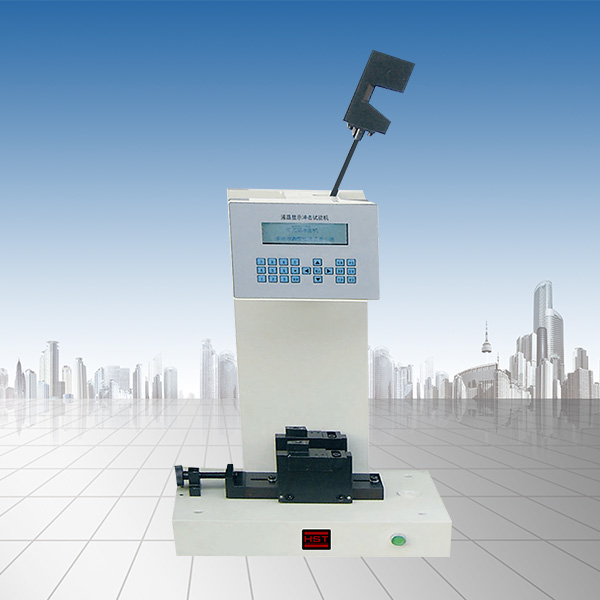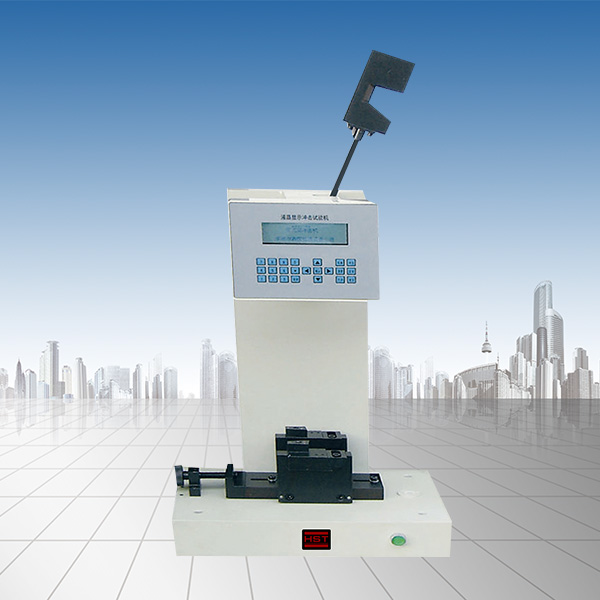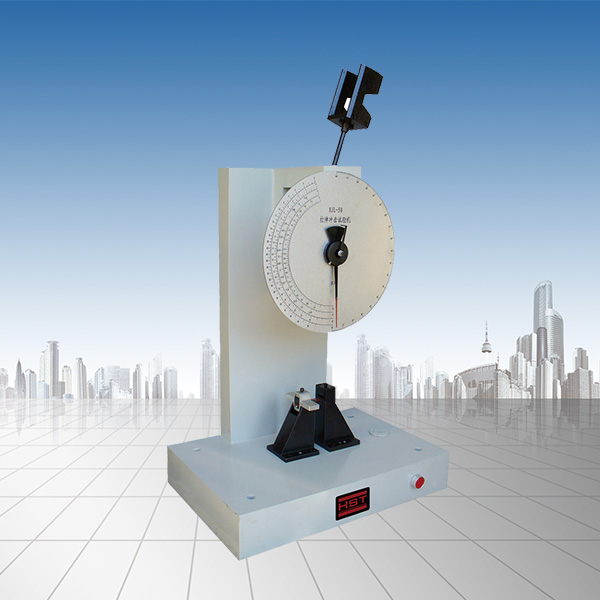Company News
Introduction to the analysis and selection method of mechanical testing machine
Release time:2018-11-23 source:Jinan Hengsi Shanda Instrument Co., Ltd. Browse:
Here are several types of test machines for reference:
1. Conventional electronic universal material testing machine
This type of test machine is the mainstream product of today's universal material test machine. It uses servo motors as the power source and lead screws and wire masters as actuators to realize the speed control of the moving beam of the test machine. It is simple to operate and has low requirements for the tester. The test stroke can be customized as needed. Although the control method is relatively single and there is only one control method for speed, its control accuracy and control range are very high and wide. Taking the Riggel test machine as an example, its speed adjustment range can reach 0.001mm/min~1000mm/min, stepless speed regulation, and control accuracy can reach 0.5. It is easy to achieve small-tonnage models. If the friction coefficient is used, the full value load is only 5N. It has great configuration flexibility and can be equipped with sensors, fixtures and accessories of different tonnages as needed to achieve multi-purpose one machine, completing the functions of pulling, pressing, bending, shearing, peeling, tearing, friction coefficient, torsion, etc. Looking at the relevant standards for plastic mechanical properties inspection, almost all the requirements for the control method of the test machine are speed control. Therefore, whether in terms of the control method, speed range, test stroke and tonnage of the test machine, this type of machine is for plastic mechanical properties inspection.
2. Three-closed-loop electronic universal material testing machine
This type of test machine has the characteristics of a conventional electronic universal test machine with a wide speed range, a large test stroke and flexible configuration, and has the advantages of force, displacement and deformation control of electro-hydraulic servo test machine. Therefore, it is a test machine with better performance, but because the machine stability during force control and deformation control is closely related to the rigidity of the host and the rigidity of the sample. Generally, the tonnage of plastics test machines is small, so the main machine is less rigid, and the sample itself is not too rigid. Therefore, there are few models of this type of test machines below 10KN, while models below 10KN are commonly used in plastics. As mentioned earlier, the stability of this type of machine is related to the sample. If the sample is single, the test method is relatively single and can be used. Otherwise, the control parameters of the test machine (i.e., the conventional P, I, and D parameters) need to be adjusted at any time. This is almost difficult for non-automatic testers to imagine. Therefore, from a general perspective, in addition to specific requirements for the control method, it is not easy to choose to test plastic materials.
3. Simple electric pull
Since the tensile strength of plastics is a very important indicator for the inspection of plastics' mechanical properties, in the past few years, there were not many types of plastics and not very wide applications. The mechanical properties inspection items of plastics were relatively single, and the corresponding standards were not very perfect. During this period, an electronic tensile tester with a very simple structure, a very single purpose, and a very lack of performance indicators, but a very low price, an electronic tensile tester with a motor as a power source is commonly known as electric pulling. As the name suggests, it can only be used for a single tensile test, and the data it can process is very limited, and the control measurement accuracy is relatively low. Although it is still used in some occasions, it has gradually been eliminated by the market because of its relatively single function.
4. Manual hydraulic universal material testing machine
This type of test machine is the "ancestor" of the test machine family. It has a long history, is simple to use, is cheap and has a large tonnage. As the name suggests, manual hydraulics indicate that it is open-loop control, with poor performance and the operation process depends entirely on the operator's operating level. In addition, due to its mechanical structure and hydraulic loading principle, its loading speed is relatively small. Currently, the small model of this type of test machine is 50KN, so its small load measurement accuracy is very low and its expansion configuration capability is poor. It is generally only used when conducting structural component tests or simple material performance tests, such as the pull-off of connecting parts, the tensile strength of steel bars, etc.
5. Electro-hydraulic servo universal material testing machineThis type of test machine is currently a kind of test machine with better performance. Because it adopts electro-hydraulic servo control technology, it can achieve closed-loop control of force, displacement, and deformation, and has good control performance. Electrohydraulic servo universal testing machines are currently used in places such as metals and building materials, and in case of constant stress, constant strain and creep testing, but due to the limitation of oil source flow, its test speed is relatively low. In order to increase the system stiffness and ensure stable operation of closed-loop control, this type of test machine has a small stroke, complex operation, and difficult to expand and configure. There are few models below 10KN, so it is not suitable for testing plastic rubber materials.
- Previous article:Things to note when purchasing a material testing machine
- Next article:WDW-S geoeconomic hydraulic universal material testing machine
Recommended productsPRODUCTS


















